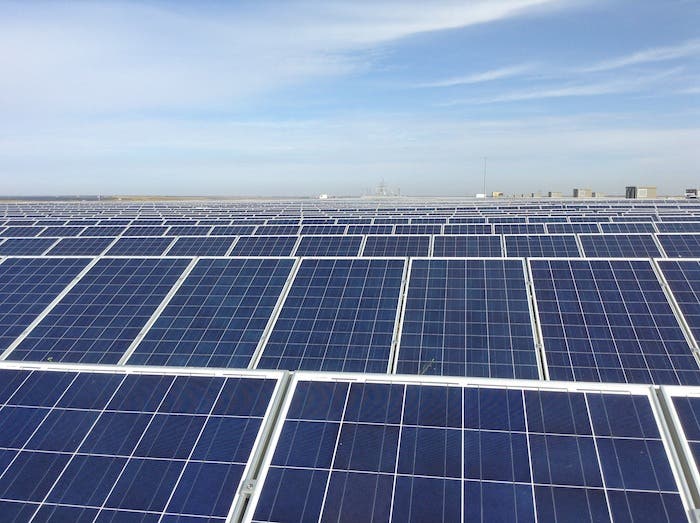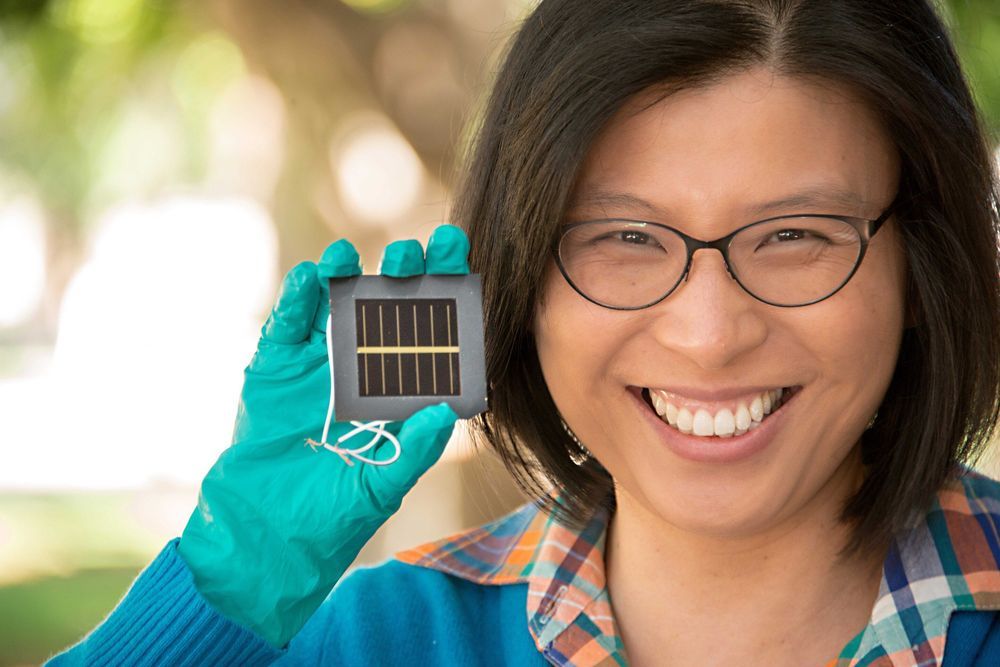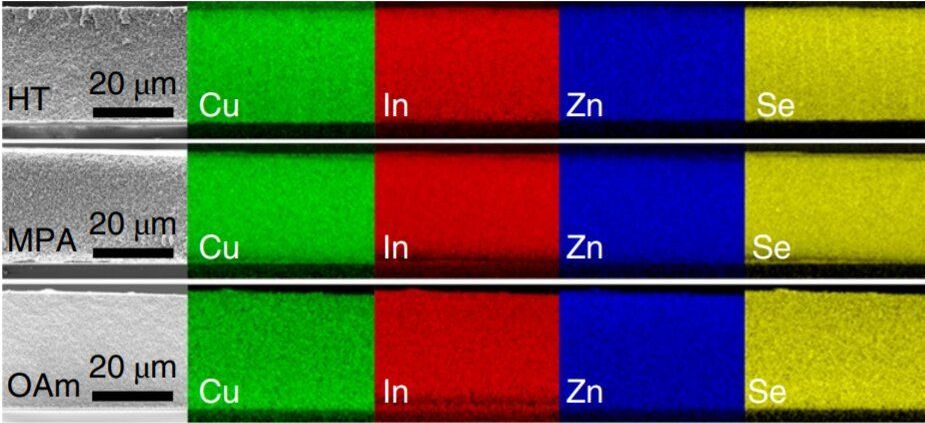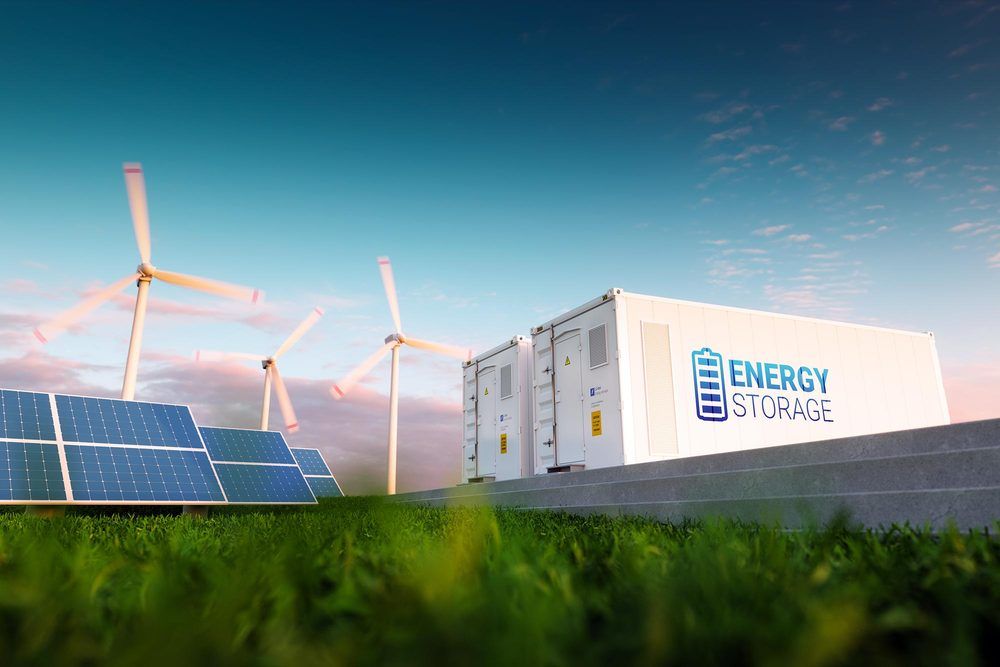Solar Energy Corporation of India (SECI) has awarded a large tender for steady supply of renewable energy. Part of the project awarded under this tender will supply power to a high-profile area in India’s capital city.



The Italian government had one of the early invasive experiences of the covid-19 pandemic. Scientists in Italy responded to the global crisis with serious research into the concern. Perhaps results of these inquiries and related information have affected policy makers. Italian homeowners now have new opportunities to put clean energy on the top of their roofs.

Good news.
In a paper published last week in Nature, though, researchers from Hong Kong University of Science and Technology devised a way to build photosensors directly into a hemispherical artificial retina. This enabled them to create a device that can mimic the wide field of view, responsiveness, and resolution of the human eye.
“The structural mimicry of Gu and colleagues’ artificial eye is certainly impressive, but what makes it truly stand out from previously reported devices is that many of its sensory capabilities compare favorably with those of its natural counterpart,” writes Hongrui Jiang, an engineer at the University of Wisconsin Madison, in a perspective in Nature.
Key to the breakthrough was an ingenious way of implanting photosensors into a dome-shaped artificial retina. The team created a hemisphere of aluminum oxide peppered with densely-packed nanoscale pores. They then used vapor deposition to grow nanowires inside these pores made from perovskite, a type of photosensitive compound used in solar cells.

The development of next-generation solar power technology that has potential to be used as a flexible ‘skin’ over hard surfaces has moved a step closer, thanks to a significant breakthrough at The University of Queensland.
UQ researchers set a world record for the conversion of solar energy to electricity via the use of tiny nanoparticles called ‘quantum dots’, which pass electrons between one another and generate electrical current when exposed to solar energy in a solar cell device.
The development represents a significant step towards making the technology commercially-viable and supporting global renewable energy targets.

Australian scientists have for the first time produced a new generation of experimental solar energy cells that pass strict International Electrotechnical Commission testing standards for heat and humidity.
The research findings, an important step towards commercial viability of perovskite solar cells, are published today in the journal Science.
Solar energy systems are now widespread in both industry and domestic housing. Most current systems rely on silicon to convert sunlight into useful energy.
GM will power its largest site, which is in Tennessee, with solar energy from the TVA; The Mexican government rolls back renewables growth.

Novel quantum dot solar cells developed at Los Alamos National Laboratory match the efficiency of existing quantum-dot based devices, but without lead or other toxic elements that most solar cells of this type rely on.
“This quantum-dot approach shows great promise for a new type of toxic-element-free, inexpensive solar cells that exhibit remarkable defect tolerance,” said Victor Klimov, a physicist specializing in semiconductor nanocrystals at Los Alamos and lead author of the report featured on the cover of the journal Nature Energy.
Not only did the researchers demonstrate highly efficient devices, they also revealed the mechanism underlying their remarkable defect tolerance. Instead of impeding photovoltaic performance, the defect states in copper indium selenide quantum dots actually assist the photoconversion process.

Experts from the University of Surrey believe their dream of clean energy storage is a step closer after they unveiled their ground-breaking super-capacitor technology that is able to store and deliver electricity at high power rates, particularly for mobile applications.
In a paper published by the journal Energy and Environmental Materials, researchers from Surrey’s Advanced Technology Institute (ATI) revealed their new technology which has the potential to revolutionize energy use in electric vehicles and reduce renewable based energy loss in the national grid. The team also believe their technology can help push forward the advancement of wind, wave, and solar energy by smoothing out the intermittent nature of the energy sources.
The ATI’s super-capacitor technology is based on a material called Polyaniline (PANI), which stores energy through a mechanism known as “pseudocapacitance.” This cheap polymer material is conductive and can be used as the electrode in a super-capacitor device. The electrode stores charge by trapping ions within the electrode. It does this by exchanging electrons with the ion, which “dopes” the material.
A $1 billion solar farm in Nevada has been approved by the US government; the majority of British want weekly car-free days in towns and cities.